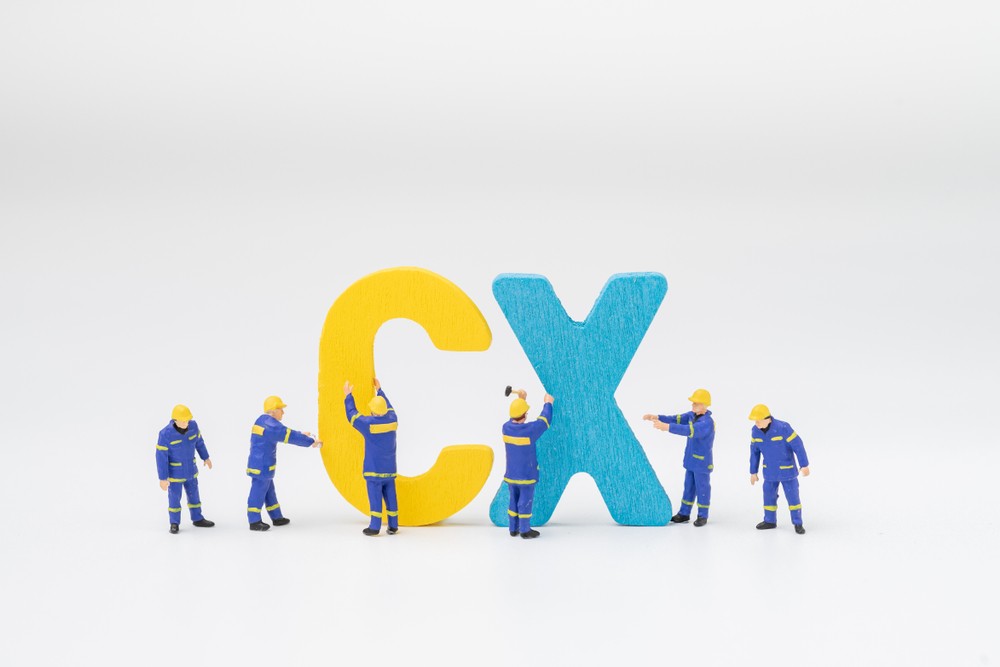Consistency may not be a topic to set the pulse racing. But when it comes to customer experience, it is the secret ingredient to success, according to McKinsey. Yet in a world of heightened consumer expectations, multiple channels, long customer journeys and complex digital infrastructure, it is not easy to achieve.
To drive the kind of consistency that brands need across multiple touchpoints and channels, they will need the right technology to hand. For many, that will mean a future-proof, headless CMS that takes the pain out of content management.
Why consistency matters
Customer experience is critical to driving loyalty, revenue and market share. McKinsey claims that US companies that are leaders in experience achieved more than double the revenue growth of “CX laggards” between 2016 and 2021. Consistency is an under-rated but vital piece of the puzzle. Most of us are creatures of habit. We like predictability. So, it follows that we prefer organisations with consistent product quality, messaging and brand voice – no matter which channels and touch points we interact with them via. If we know what to expect of a company and then have that expectation met, or exceeded, it will ramp up satisfaction and loyalty levels.
Consistency fosters trust, familiarity and brand recall. It will create satisfied customers that are more likely to return, and even become brand advocates. It will enhance reputation to attract new customers, as well as sustaining existing ones. And it could even reduce operational costs in the long term by empowering customers to self-serve.
What does best practice look like?
The question is how to achieve consistency in customer experience? It will first require a clear and unified brand identity and personality. And plenty of work to segment and understand target customers, their behaviours and preferences. But perhaps most importantly, it demands a robust and mature content strategy, including a detailed plan for distributing high-quality content across channels – and measuring its impact.
To achieve the necessary consistency, consider breaking content into smaller components, such as headings, paragraphs, images and lists. These could be repurposed and reassembled in various ways for distribution across different channels and use cases, without the need to start from scratch each time. And they could be personalized more easily to further enhance the customer experience. This kind of modular approach offers the sort of flexibility organisations need to provide consistent experiences to their customers – at a time when demand for dynamic content has never been higher.
Such a strategy should also be viewed through an omnichannel lens. That means ensuring that content can be delivered in a consistent and personalized manner, no matter what platform, device or channel it’s consumed on. Technology will be vital to achieving this vision. In other words, a fully integrated tech stack capable of pushing out compelling content across channels for a lightning fast, unified and responsive customer experience across touchpoints.
Getting technical
Finding a CMS that can support these requirements may require some effort, but it can be done. API-first headless CMS offerings are best suited to these demands – enabling organisations to deliver content to smartphones, tablets, smart TVs, voice assistants, VR headsets and more, in a consistent and scalable manner. But they should go beyond headless to also feature a “schema builder” capable of streamlining the creation of modular content. Low-code functionality helps to democratise the building and delivery of this content, for maximum flexibility and business agility.
In this way, whether it’s a social media post, a blog or an email newsletter, content can be designed and distributed with a consistent tone of voice and message. And it can be repurposed across channels and platforms to minimise operational costs and duplicated effort.
Yet as demand for connected experiences grows, developer/content teams must also have a way to connect seamlessly to all of their content sources. These could include legacy CMSs, SaaS tools, e-commerce components like digital asset management systems (DAMs) and Product Inventory Management Systems (PIMs), or third-party data sources. Demand for connectivity is so high that many organisations have been forced to build and manage custom middleware to link multiple content sources to their headless CMS. But this increases cost and technical debt and can erode business agility.
The answer is a headless CMS with content federation – which supports composability by pulling siloed content together from diverse sources via a single API into a single repository and delivers it to one or more front ends. This many-to-many architecture is exactly what organisations need to deliver consistency – and to do so without requiring extra coding and expensive middleware.
Consistency is a journey
There’s no silver bullet for creating a consistent customer experience. When it comes to content, organisations will need to build the right team, know their customers and then create a strategy based around omnichannel and modularity. To make this a reality, they’ll need a headless, API-first CMS provider which offers federated content, and a low-code schema builder for rapid and consistent content creation across channels.
Yet even with the right tools in place, there’s usually room for improvement. See what works and what doesn’t and highlight areas that may need extra work. The good news is that this should be much easier to achieve with a composable CMS architecture in place.




